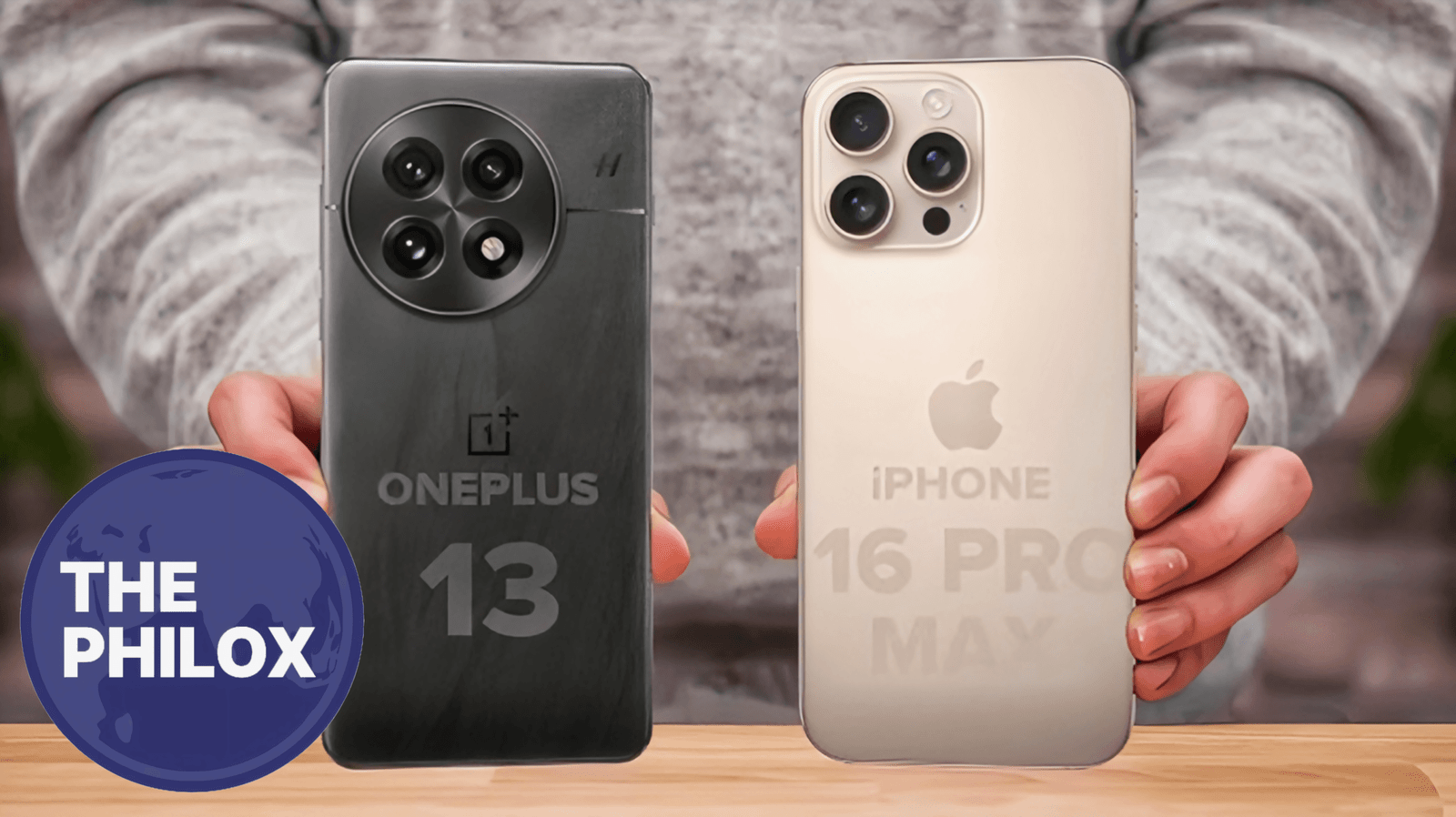The OnePlus 13 contains a flexible triple-camera setup that has a 50MP wide sensor with OIS, a 50MP periscope telephoto lens that allows for 3x optical zoom, and a 50MP ultrawide sensor sporting a 120° field of view.
This enables very high-resolution images in a great many scenes-from close-up shots with lots of detail to panoramic views.
This gets only better being associated with Hasselblad, as the camera really does well with color accuracy and image processing for a capture that more closely mirrors real life of colors.
However, the iPhone 16 has a dual-camera setup with a 48MP wide sensor and has sensor-shift OIS, accompanied by a 12MP ultrawide lens.
It lacks a dedicated telephoto lens and, therefore, cannot offer any optical zoom, which is its most significant limitation.
Although Apple’s software optimization offers consistent results across different lighting conditions, the absence of a telephoto lens will limit its use in photography.
The OnePlus 13 also supports recording in 8K, making it ideal for content creators, who want to create high-resolution footages.
Though the iPhone 16 sports an impressive 4K Dolby Vision HDR, it does not match the level of the OnePlus 13 about supporting 8K.
Performance
But under the hood lies Qualcomm’s latest Snapdragon 8 Elite chipset based on a 3nm process.
This is an octa-core processor coupled with up to 24GB of RAM and UFS 4.0 storage, delivering exceptional performance in running demanding applications while being able to multitask seamlessly.
Even Geekbench 6 benchmark tests revealed the OnePlus 13 scoring higher multi-core scores than that of the iPhone 16.
The iPhone 16 features an Apple A18 chipset on a 3nm process with a hexa-core CPU and 8GB of RAM.
With the best possible efforts from iOS in terms of optimization and delivering a smooth experience, the hardware would be limiting for RAM capacity, especially for the OnePlus 13 for memory-intensive apps.
Display Quality
The OnePlus 13 features a 6.82-inch BOE X2 OLED display with a QHD+ resolution of 3168×1440 pixels. It is accompanied by a 120Hz ProXDR refresh rate and LTPO 4.1 technology,
which makes the visuals dynamic and fluid. High resolution and advanced display technologies ensure sharp visuals, vibrant colors, and smooth animations, thus improving the overall user experience.
Although compared to the above, iPhone 16 will feature a 6.1-inch Super Retina XDR display. The resolution, in this case, would be 2556×1179 pixels. The display quality is good,
but not up to the mark of resolution and advanced features that OnePlus 13 has offered. A lesser pixel density with lesser screen may not give that intense look to the visuals while consuming media or playing games.
Build and Design
This OnePlus 13 has a flat glass-sandwich design, like most modern designs, but with improved strength. In addition, an IP69 rating would resist both water and dust, making this phone suitable in most environments.
Ergonomic designs and premium material add comfort to the security for grip during this device.
The iPhone 16 still comes with the hallmark design language of Apple with excellent material quality and precision in crafting.
It misses out on the higher IP69 rating, which makes it not so strong in severe conditions compared to the OnePlus 13. With premium build quality, the design has not seen much of a change, and users may find it not something new.
Battery Life and Charging
OnePlus 13 is came installed with a 6000mAh silicon-carbon (Si/C) battery. It supports 100W of wired charging, which makes the mobile device get charged up to 50% in just 13 minutes.
There is also 50W wireless charging, 10W reverse wireless charging, and 5W of reverse wired charging to easily support the users through and through. The higher the battery capacity, the longer the users will remain without power exhaustion.
This, on the other hand, iPhone 16 comes with a smaller battery of 3561mAh dependent on the optimizations that Apple itself would provide for its battery efficiency.
It supports wired PD2.0 fast charging up to 50 percent in 30 minutes and wireless charging at 25W via MagSafe. The charging is fast enough, yet slower than in the OnePlus 13, with a smaller capacity battery that makes it less enduring between charges.
Software and Interface
OnePlus 13 works on Android 15, coming either with OxygenOS or ColorOS, which depend on your region. Custom interfaces like the former and latter are highly customizable to cater to the different preferences of their users.
Other features include theme personalization and gesture controls while supporting multitasking in an extremely intuitive and agile manner.
Stay Connected and Share Your Stories
For all those inspired by stories of resilience and ambition, follow us on X/Twitter and on Instagram . For those with untold stories that you would love to share, please send them to contact@thephilox.com





One thought on “OnePlus 13 Surpasses iPhone 16 in Key Areas Like Camera, Performance, and Display Features”